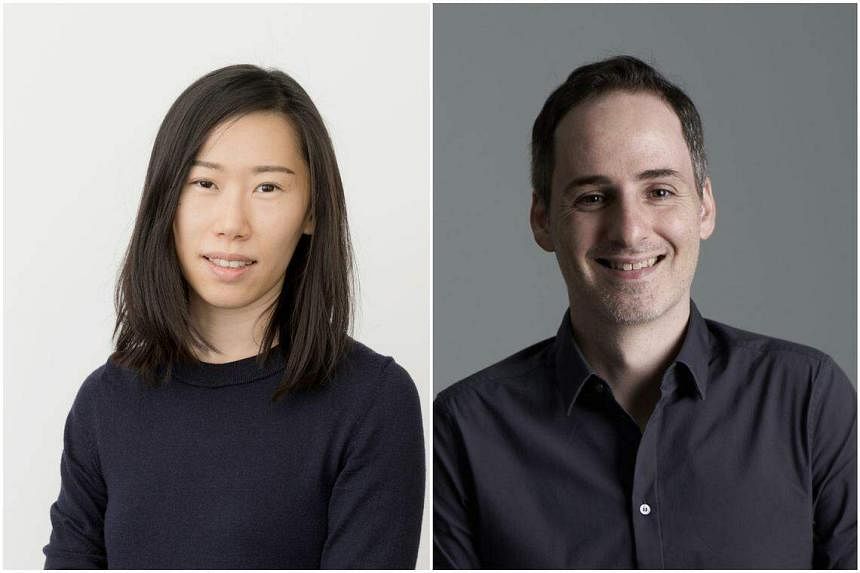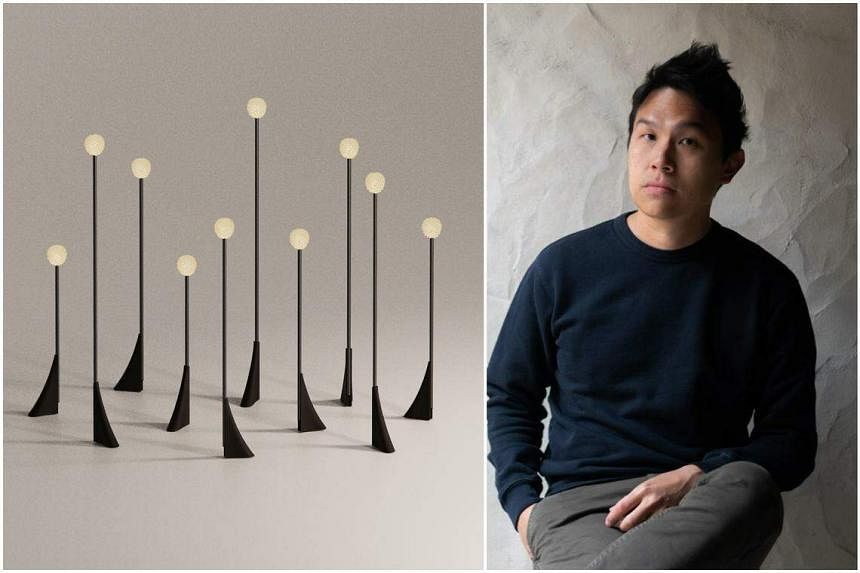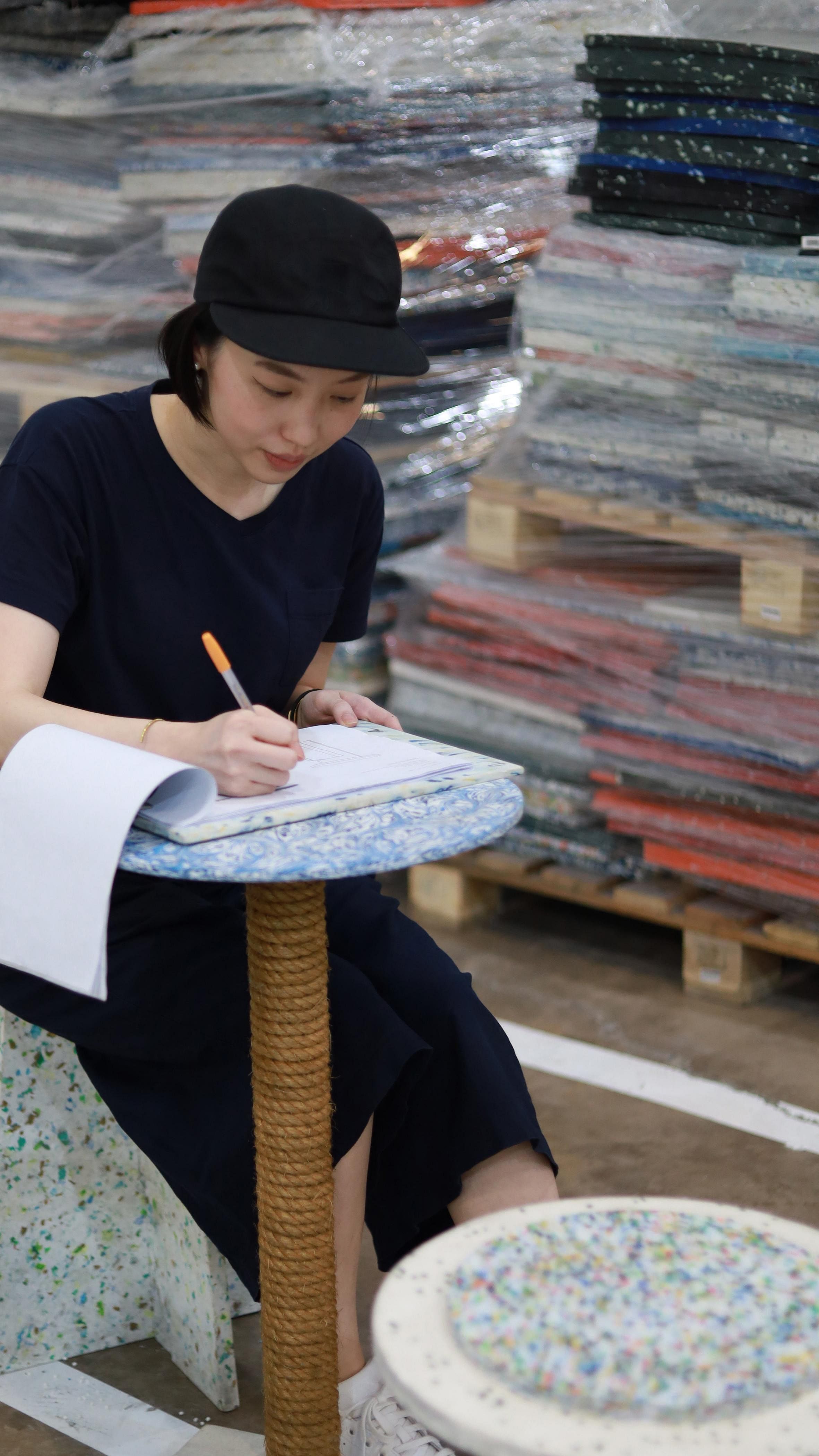SINGAPORE – Seven local studios showed ground-breaking designs at the world’s biggest design fair, Milan Design Week, which ends on Sunday.
In the group section from Singapore, six brands took part in DesignSingapore Council’s (DSG) Future Impact exhibition: Forest & Whale, Gabriel Tan, Nathan Yong, Studio Juju, Tiffany Loy and Viewport Studio.
Solo exhibitor Karyn Lim headlined her own show called So Plast!c – which featured home decor accessories made from recycled plastics – at SaloneSatellite, dedicated to designers under the age of 35.
The 61st edition of the week-long trade fair saw more than 2,300 design companies at the Rho Fiera fairgrounds in Milan, located just outside the city centre, and spread over about 210,000 sq m.
Milan Design Week is part of a cluster of events that includes the Salone del Mobile.Milano furniture fair; SaloneSatellite, a component of the Salone del Mobile.Milano that celebrates young talent; and Fuorisalone, which refers to events outside the fair, hosted in hundreds of venues across the Italian city.
Every year, about 370,000 attendees from 188 countries use the global platform to introduce thousands of innovative products.
The Future Impact exhibition, which is part of the Fuorisalone component of the fair, is co-curated by global design thought leader and consultant, Mr Tony Chambers, and Milan-based author and curator Maria Cristina Didero. It carves a niche for Singapore as a place where sustainable design solutions help to shape a brighter future.
Ms Dawn Lim, DSG’s executive director, says the six designers taking part in Future Impact show how Singapore design can contribute positively towards issues such as sustainability, the evolution of craft and the role of technology in design.
DSG is a subsidiary of the Economic Development Board and is Singapore’s national agency for design.
“Singapore is known as a futuristic and visionary city,” she adds. “Our design therefore has its own creative slant – innovative, transformative and impactful to make lives, cities and the world better by design.”
One of the Future Impact exhibits is Forest & Whale’s interactive wall poster called Wallflower, which transforms seeds into art. It is composed of multicoloured tesserae or tiles, embedded with seeds which can be torn off and planted.

“Wallflower rethinks the philosophy of gardening and is a subtle daily reminder for us to rekindle our relationship with nature,” says Forest & Whale’s Singaporean co-founder Wendy Chua, 38. She and her Argentina-born husband Gustavo Maggio, 43, founded the multidisciplinary design studio in 2016.
The design duo, who are based in Berlin, focus on designs that promote circular systems, social care and envisioning the future.

At Gabriel Tan Studio’s booth, a lighting installation titled Aiming For Peace: Carnation Lamps takes centre stage.
Designed by Mr Gabriel Tan, 40, founder of the eponymous studio, the floor and pendant lamp is inspired by the Flower Power movement of the 1960s and 1970s, when young people protested peacefully against war and bloodshed.
Mr Tan, who moved to Porto, Portugal, in 2020, says that while reading about the country’s history, he came across poignant photographs from a tumultuous period that left a deep impression on him.
“I was surprised that the Carnation Revolution in Portugal in 1974, which was part of the global Flower Power movement, was entirely bloodless and achieved its goals with almost no shots fired,” he says.

He designed his Carnation Lamp using a base made from ash wood furniture offcuts, a stem fashioned from recycled steel pipes and a 3D-printed lampshade made from recycled plastic.
The lamp uses a low-energy 2.5W LED light source.
Mr Tan is also the creative director of interior design outfit Studio Antimatter, which is based in Singapore as well as in Porto. In 2023, besides the Future Impact showcase, he is also participating in various events across Milan Design Week.
Another sustainable innovation is by Ms Karyn Lim, 30, founder of multidisciplinary Singapore-based design firm Studio Karyn Lim. She has found a way to stop waste plastic from ending up in landfills by repurposing it into small tables and vessels.

Each So Plast!c table is made from approximately 6kg of plastic waste, which comes from about 3,000 bottle caps. These contain high-density polyethylene and polypropylene.
For her sculptural vessels, she repurposes plastic bags by cleaning them and converting them into “plarn” – balls of yarn – and then crocheting the strands into geometrical patterns to form elegant vases and containers.
“This series hopes to change the perception of plastic as a material,” she says.
“By using waste to create products with a long shelf life, I want manufacturers and consumers to think about why single-use products like plastic bottles have to be made with toxic materials that last so many years.”


